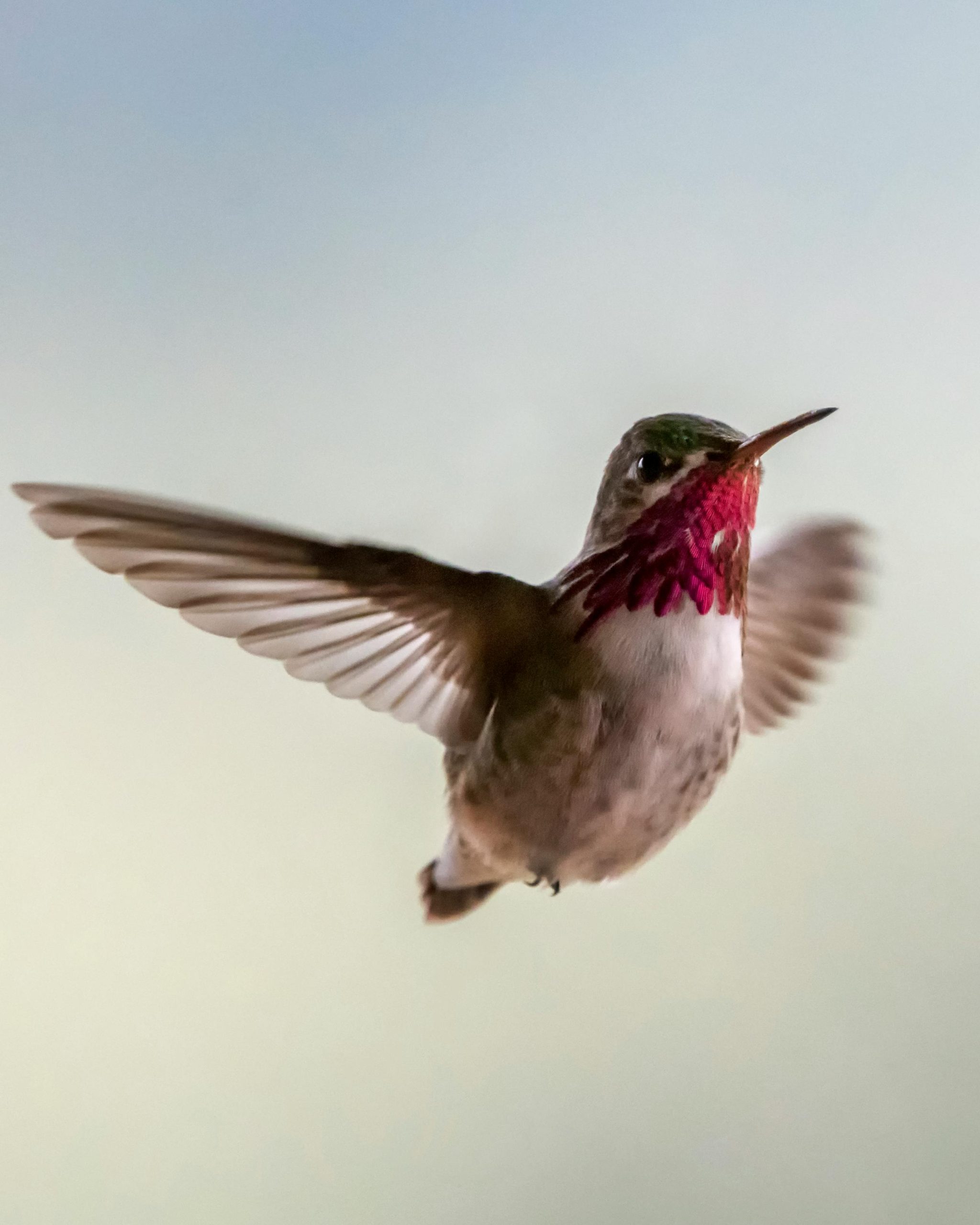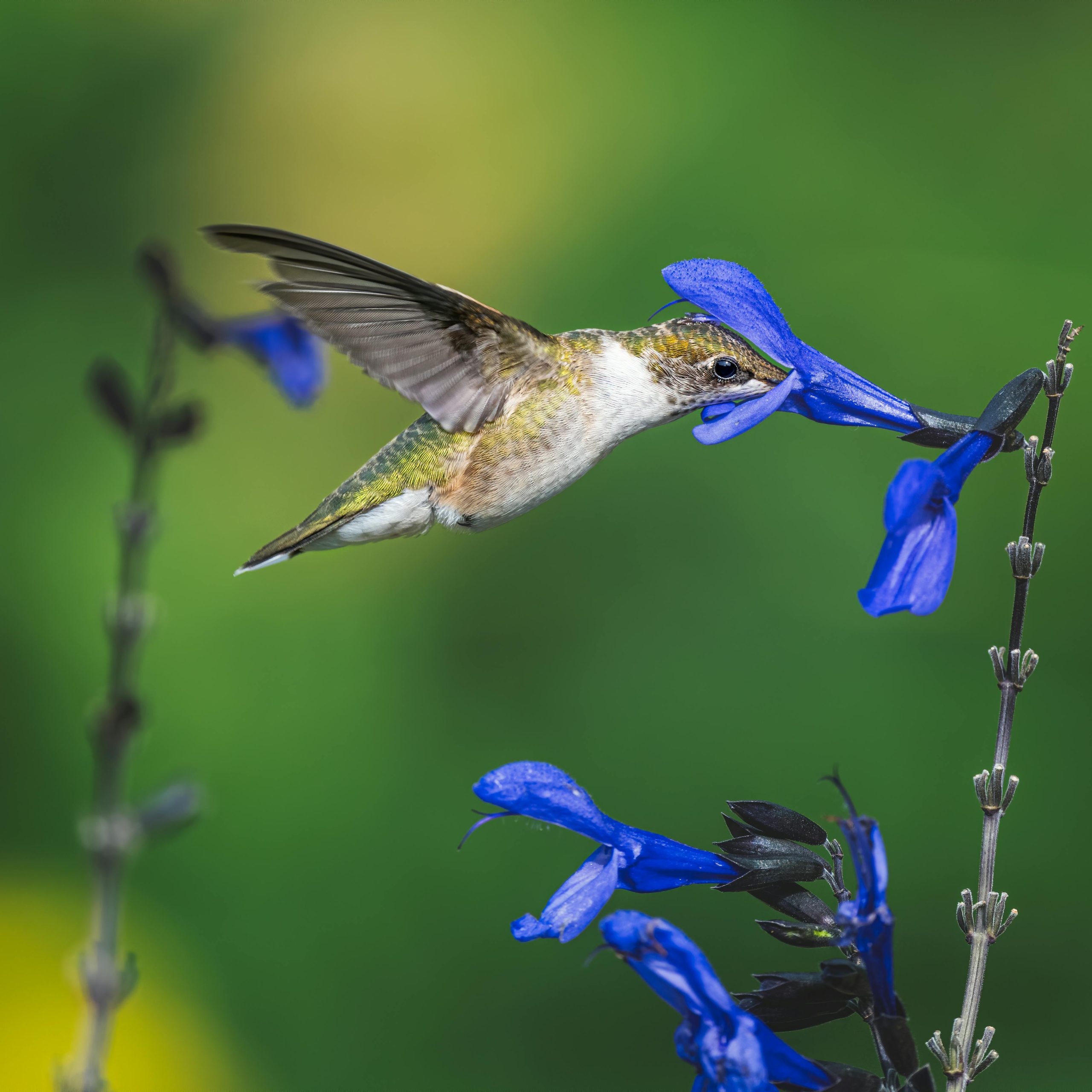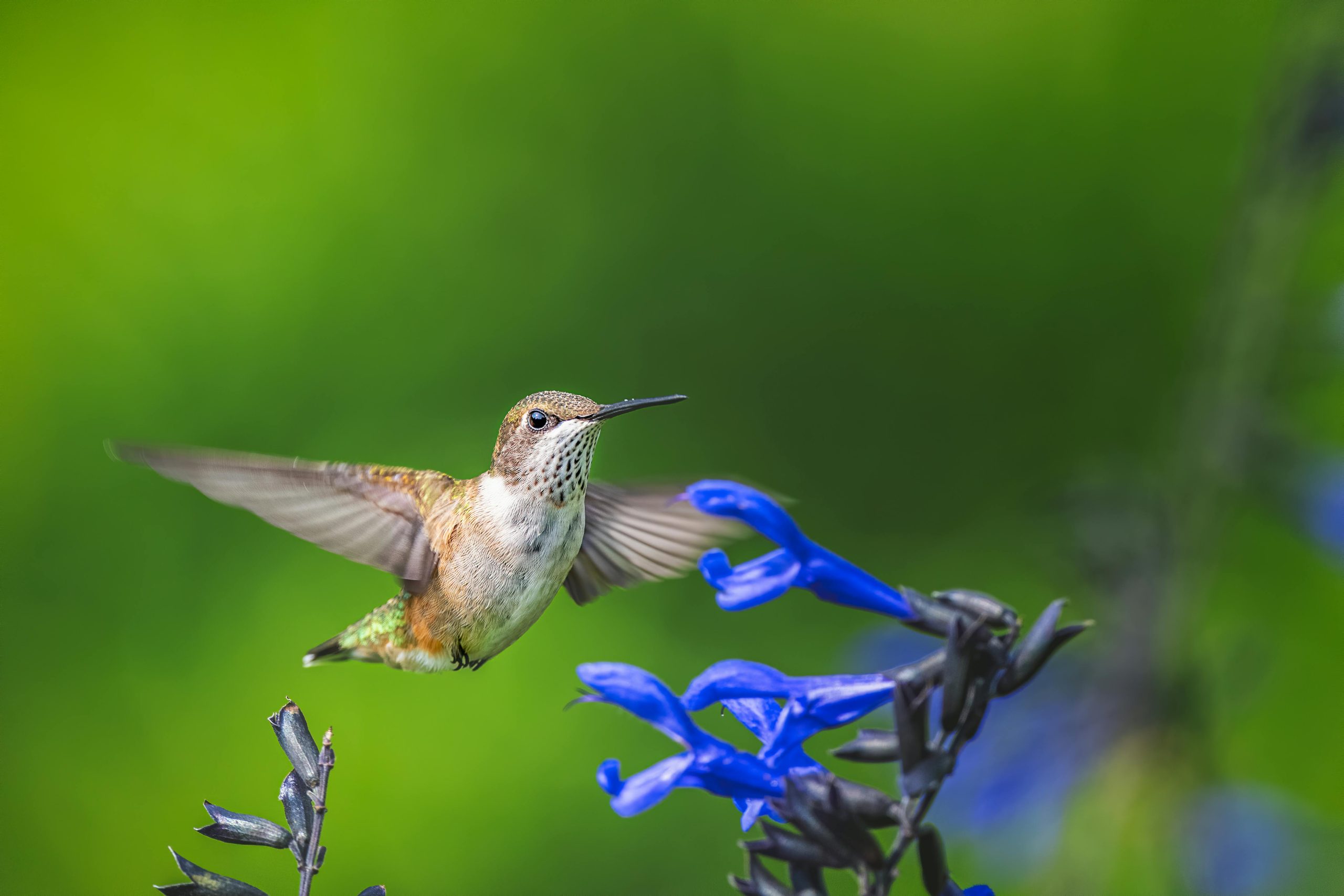Hummingbirds are small and delicate birds known for their rapid wing beats and vibrant colors. It can be distressing to come across a hummingbird that appears to be dying. While it’s heartbreaking to witness, recognizing the signs of a dying hummingbird can be important in understanding their condition and potentially seeking professional help. In this article, we will discuss how to tell if a hummingbird is dying:
1. Changes in Behavior
One of the first indicators of a dying hummingbird is a noticeable change in its behavior:
- Reduced Activity: A dying hummingbird may become lethargic and exhibit a significant decrease in its usual energetic behavior. It may spend more time sitting or perching than flying or feeding.
- Loss of Flight Coordination: You may observe the bird having difficulty flying or navigating its surroundings, such as colliding with objects or being unable to perch properly. Its flight movements may become erratic and unsteady.
- Unusual Wing Movement: The hummingbird’s wings may appear weak or droopy, and it may struggle to maintain the rapid wing beats characteristic of its species. The bird may exhibit slower and less coordinated wing movements.
- Loss of Feeding Interest: A dying hummingbird may show little to no interest in feeding, even when presented with a food source. It may ignore nectar feeders or flowers that it would typically visit for sustenance.

2. Physical Signs of Distress
When a hummingbird is nearing the end of its life, it may exhibit physical signs of distress:
- Labored Breathing: The bird may breathe rapidly or with noticeable difficulty, often with its beak open. You may observe its chest heaving as it struggles to take in enough oxygen.
- Visible Injuries or Illness: Look for any visible signs of injury, such as open wounds, bleeding, or obvious physical abnormalities. Additionally, if the bird is affected by an illness, it may display symptoms like discharge from the eyes or beak. These signs may indicate underlying health issues contributing to its decline.
- Poor Feather Condition: A dying hummingbird’s feathers may appear disheveled, dull, or in poor overall condition. The bird may be unable to preen properly, leading to a lack of feather maintenance and a generally unkempt appearance.
- Weight Loss: The bird may appear noticeably thinner or emaciated, indicating a decline in its overall health and body condition. You may be able to see its prominent bones or reduced muscle mass.
3. Unresponsiveness
A dying hummingbird may become unresponsive to external stimuli:
- Lack of Reaction: The bird may not respond to nearby movement, noise, or attempts to interact with it. It may appear uninterested or unaware of its surroundings.
- Loss of Alertness: It may appear dazed or disoriented, with an inability to focus or track movements. The hummingbird may seem detached and disconnected from its environment.

- Little to No Vocalization: A dying hummingbird may become quiet, ceasing its usual vocalizations. The absence of chirping or buzzing sounds can be a sign of its declining health.
4. Physical Weakness
A hummingbird nearing the end of its life may exhibit signs of physical weakness:
- Difficulty Perching: The bird may struggle to perch or maintain balance on branches or feeders. Its legs may appear weak, and it may have difficulty gripping surfaces.
- Lack of Mobility: It may be unable to move or fly, appearing weak or incapacitated. The hummingbird mayseem lethargic and unable to move freely, staying in one spot for extended periods of time.
- Loss of Muscle Control: The hummingbird may have difficulty controlling its movements or may exhibit trembling or shaking. Its body may appear unsteady or shaky when attempting to fly or perch.
- Collapsing: In severe cases, the bird may collapse or be unable to hold itself upright. It may be unable to support its own weight and may fall to the ground or be unable to stand.
5. Seek Professional Help
If you suspect that a hummingbird is dying, it’s important to seek professional help as soon as possible:
- Contact a Wildlife Rehabilitation Center: Look for a reputable wildlife rehabilitation center or avian clinic in your area. They have the expertise and resources to assess the bird’s condition and provide appropriate care. They can also guide you on what steps to take next.
- Follow Their Guidance: Reach out to the rehabilitation center and provide them with detailed information about the hummingbird’s symptoms and behavior. Follow their guidance on how to safely transport the bird to their facility if necessary. They may have specific instructions for handling and transporting injured or dying birds.

- Do Not Attempt Home Remedies: While it may be tempting to try to provide care at home, it is best to leave the treatment and care of a dying hummingbird to professionals. They have the knowledge and experience to provide the best chance of recovery for the bird.
- Support Local Conservation Efforts: In addition to seeking help for the individual hummingbird, consider supporting local conservation efforts that aim to protect and preserve hummingbird habitats. By doing so, you contribute to the long-term well-being of these remarkable birds and their ecosystems.
Conclusion
Recognizing the signs of a dying hummingbird can be crucial in providing timely care or seeking professional help. Keep an eye out for changes in behavior, physical signs of distress, unresponsiveness, and physical weakness. If you suspect a hummingbird is dying, contact a wildlife rehabilitation center or avian clinic to ensure the bird receives the proper care it needs. While it can be distressing to witness a dying hummingbird, taking action and supporting conservation efforts can help protect these incredible birds in the long run.




